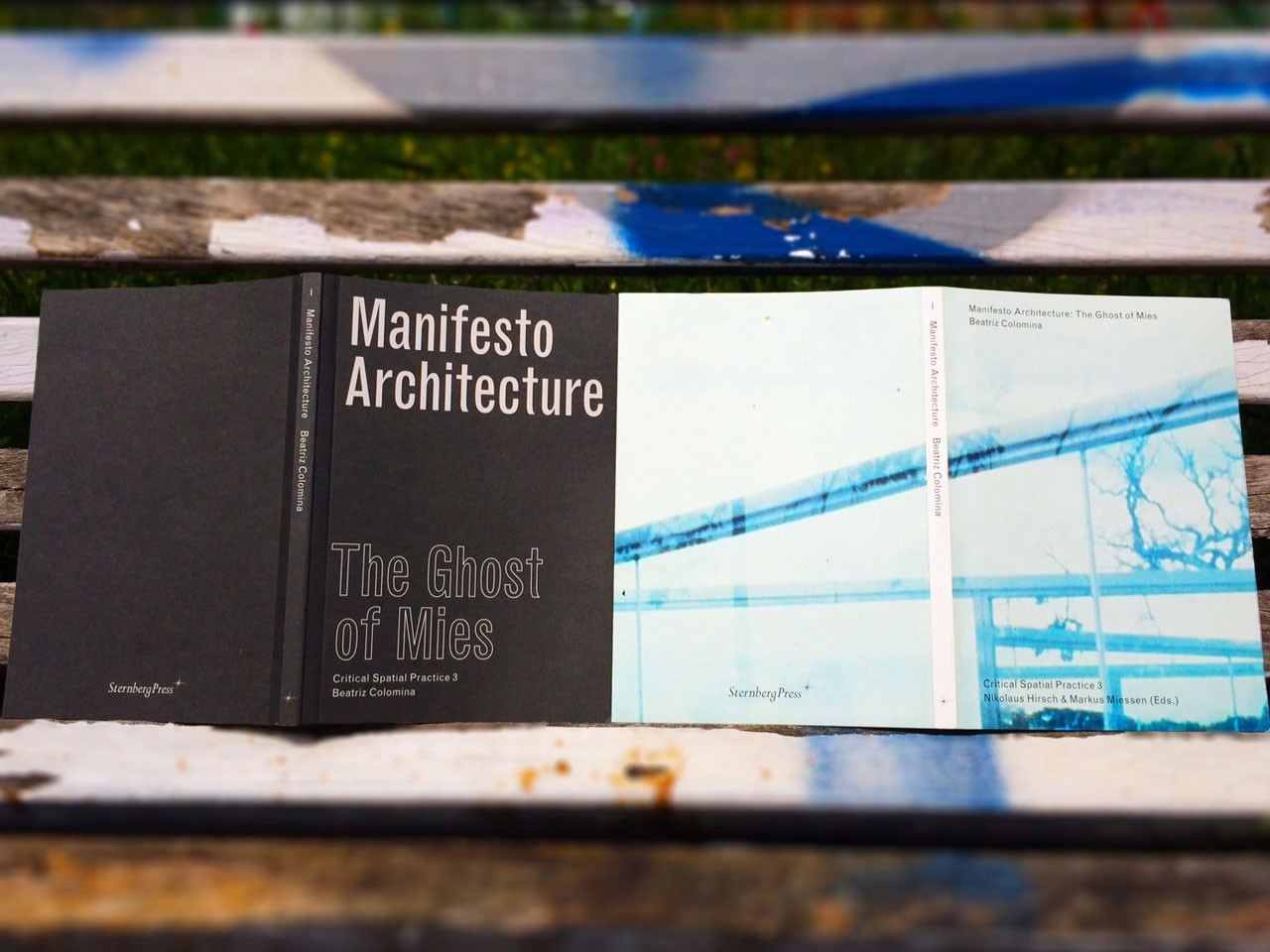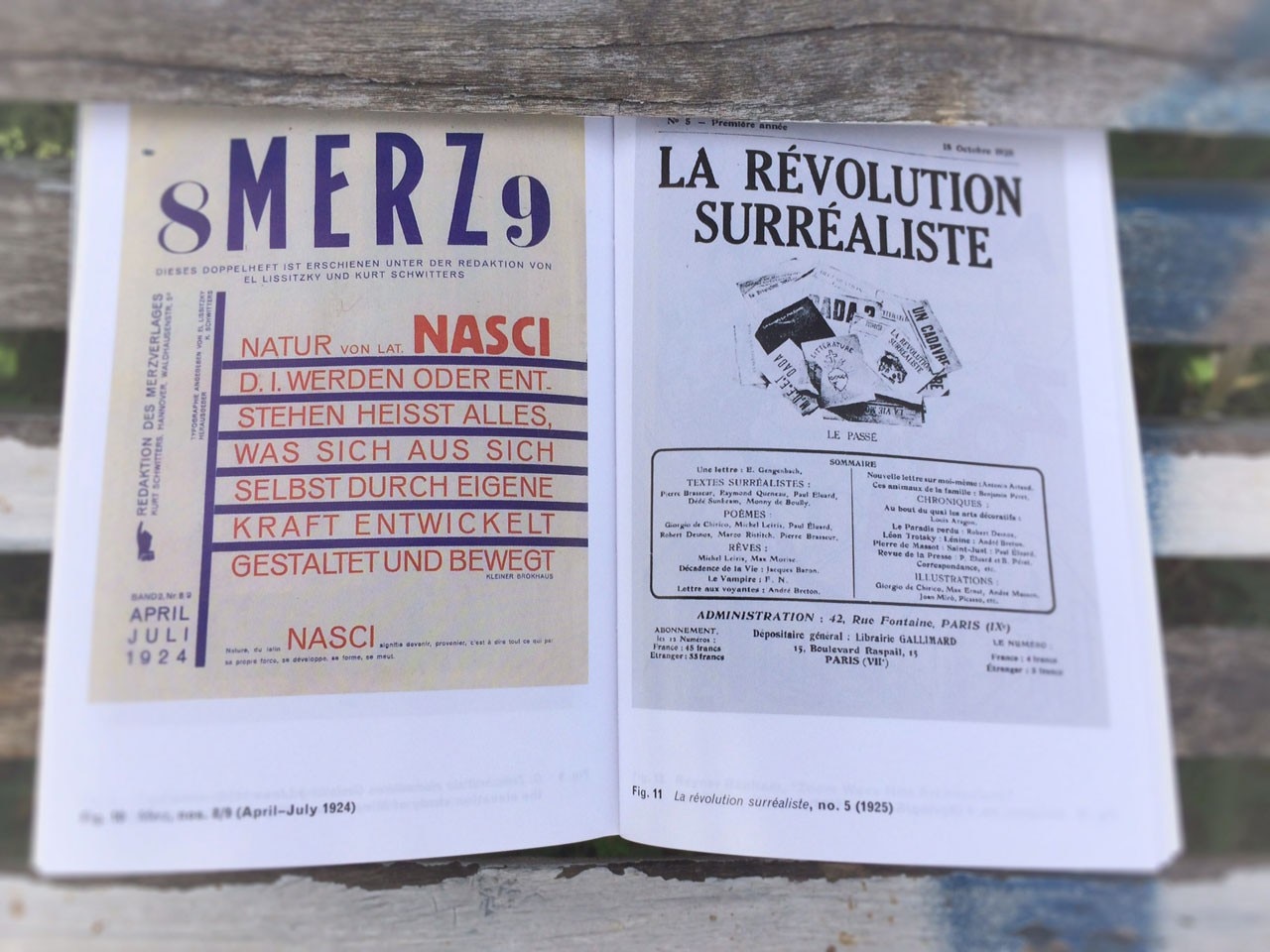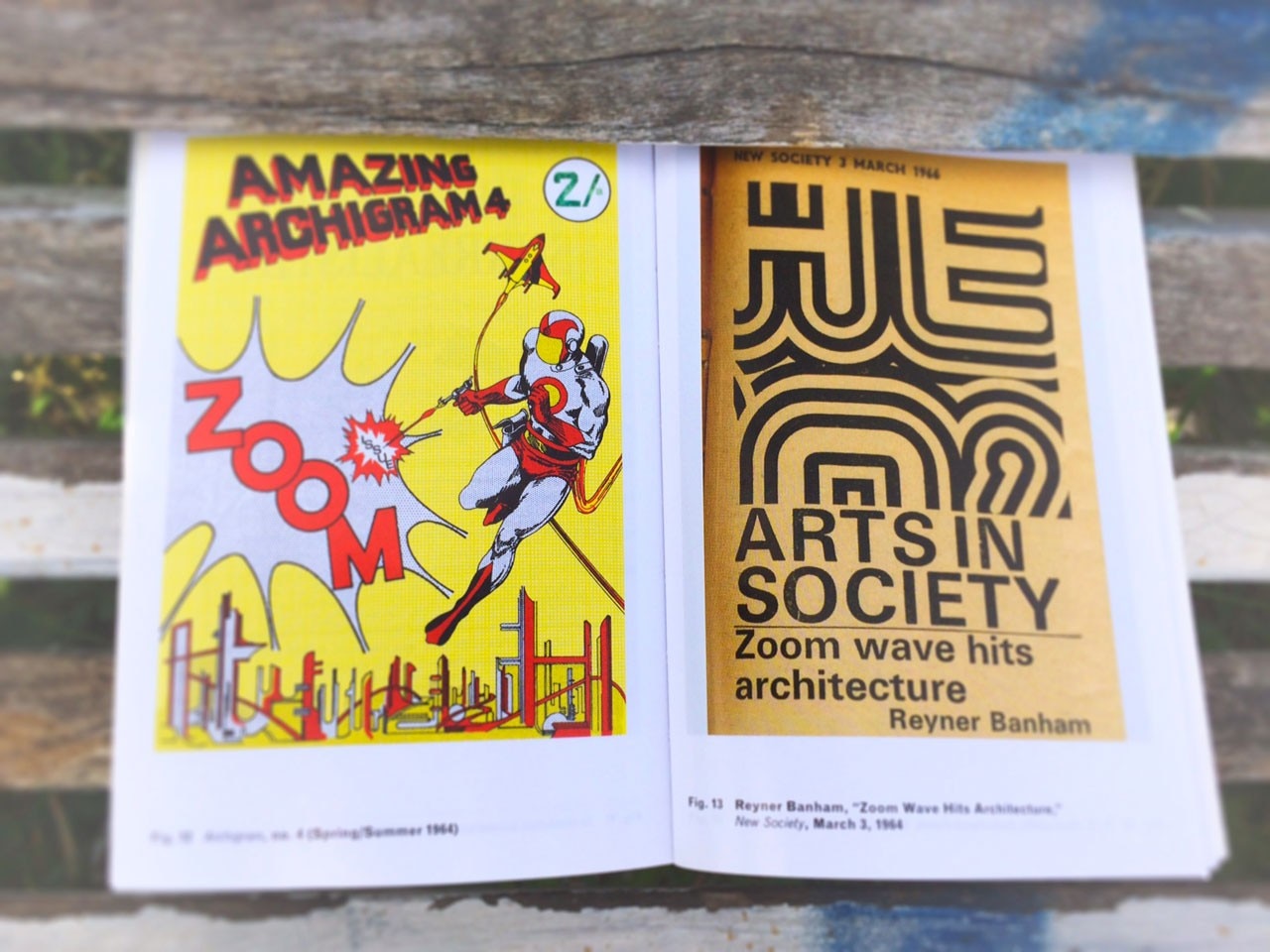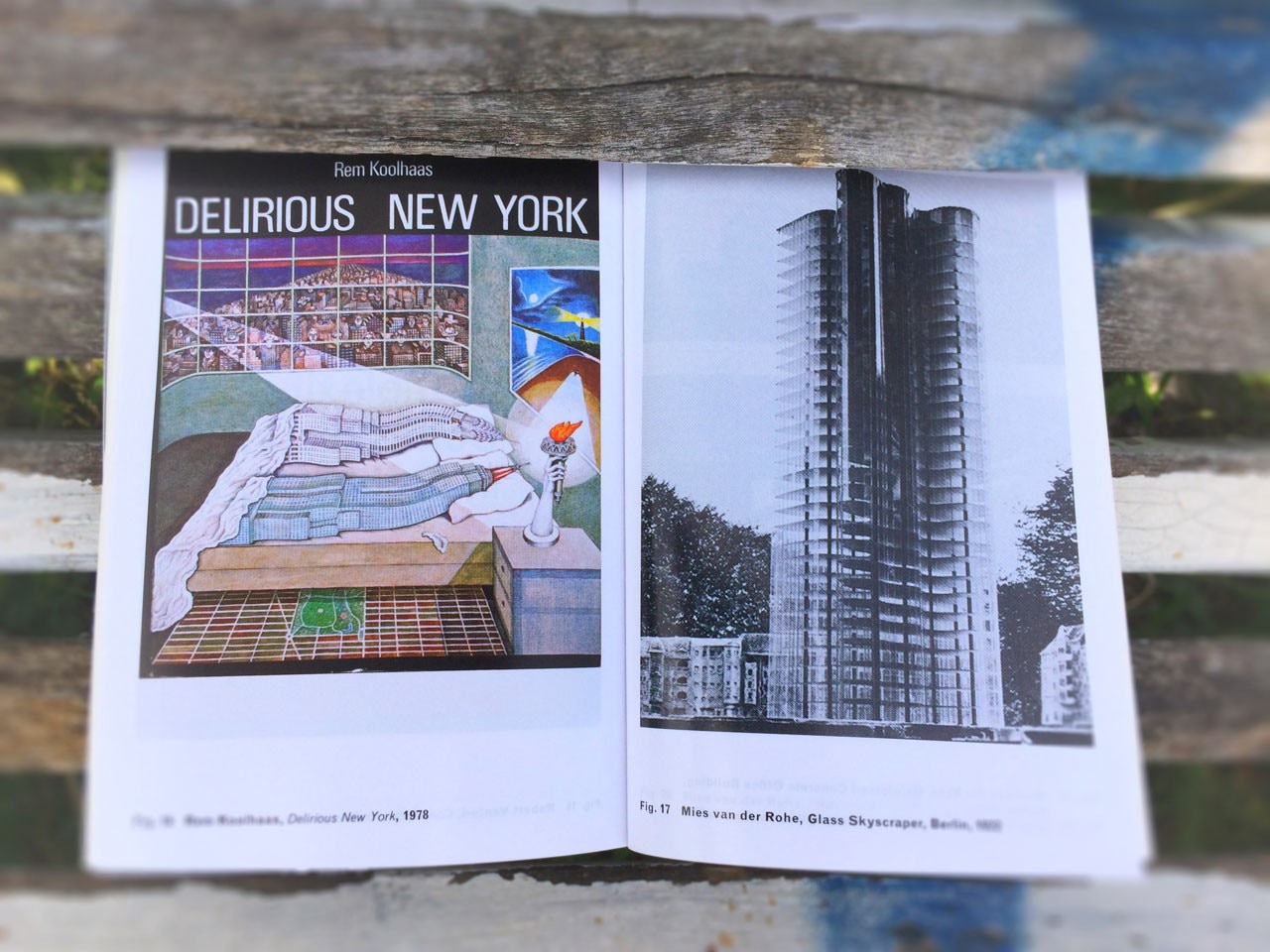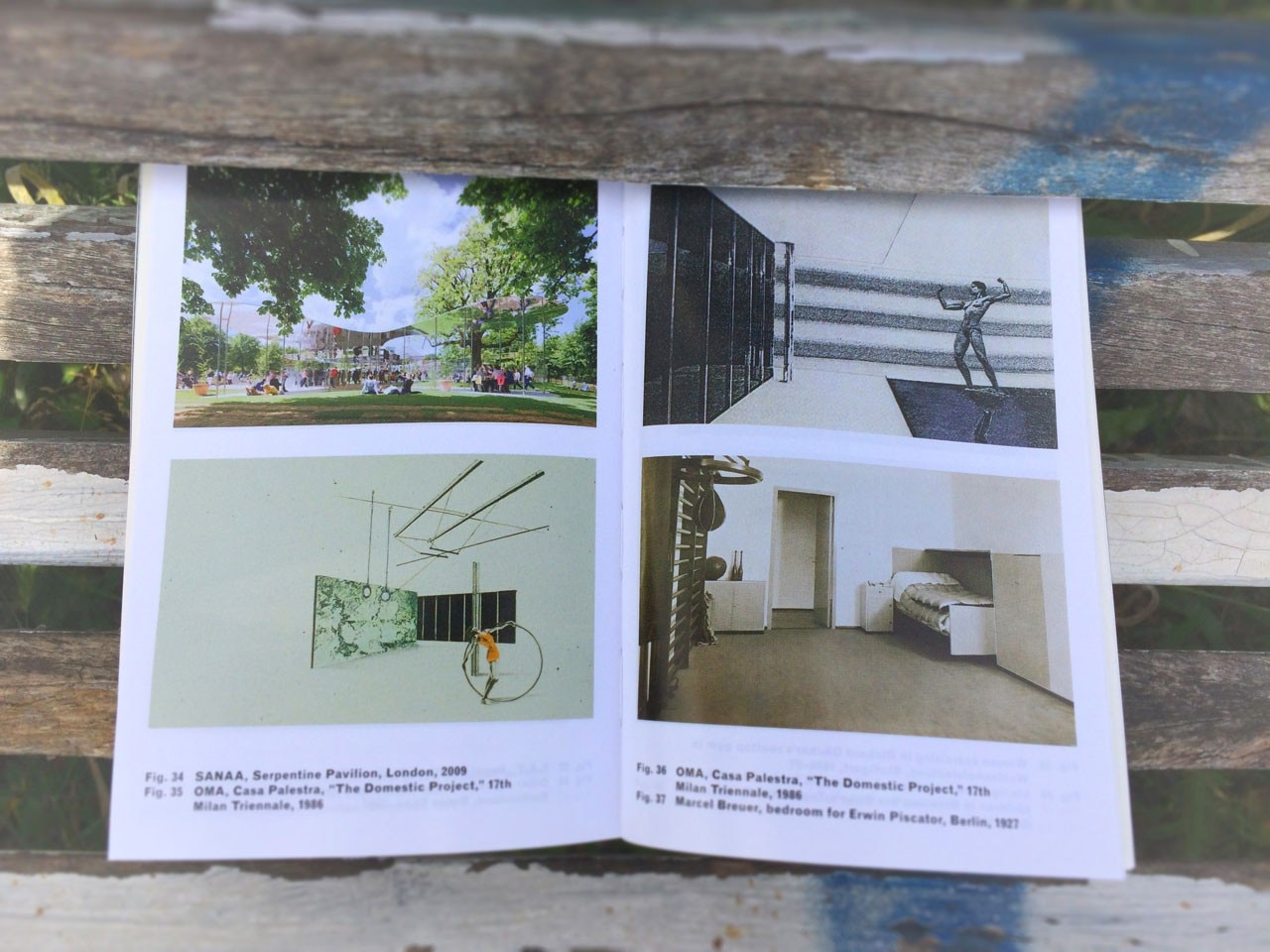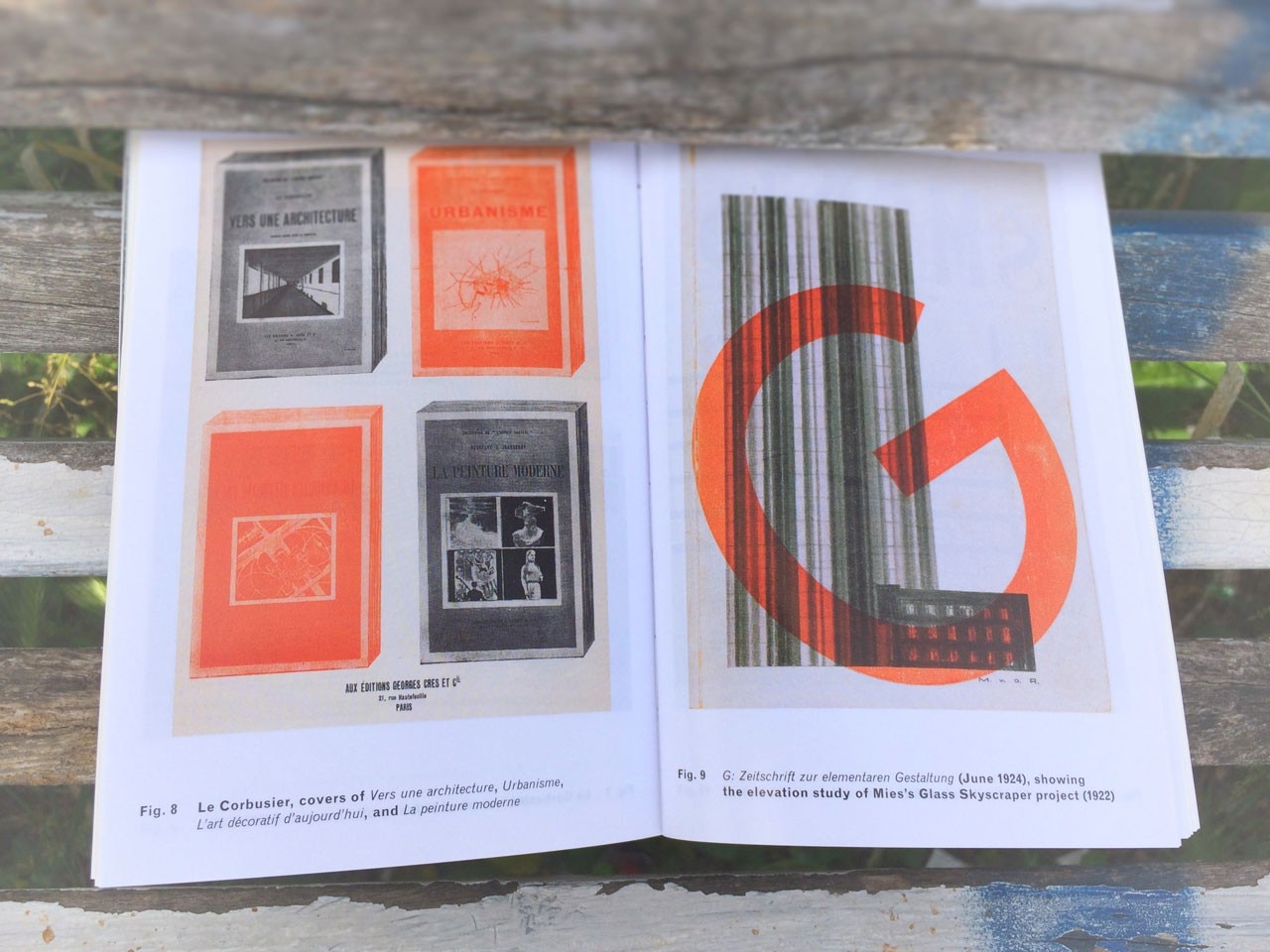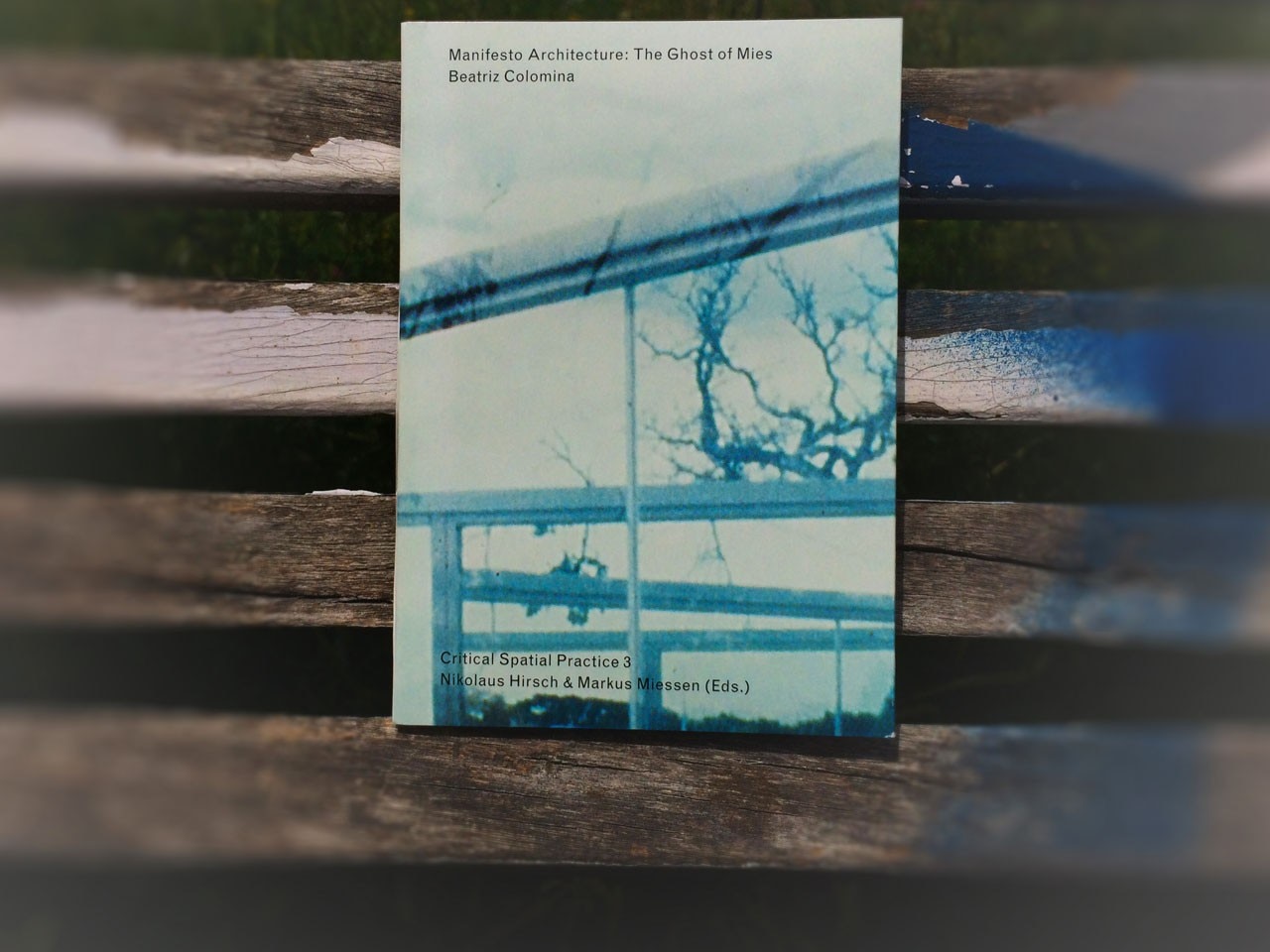In the third installment of the Critical Spatial Practice book series, Beatriz Colomina narrates an alternative history of modern architecture that doesn’t focus on what was proposed, but instead where, how, and even at times why modern architecture was formulated as a project.
